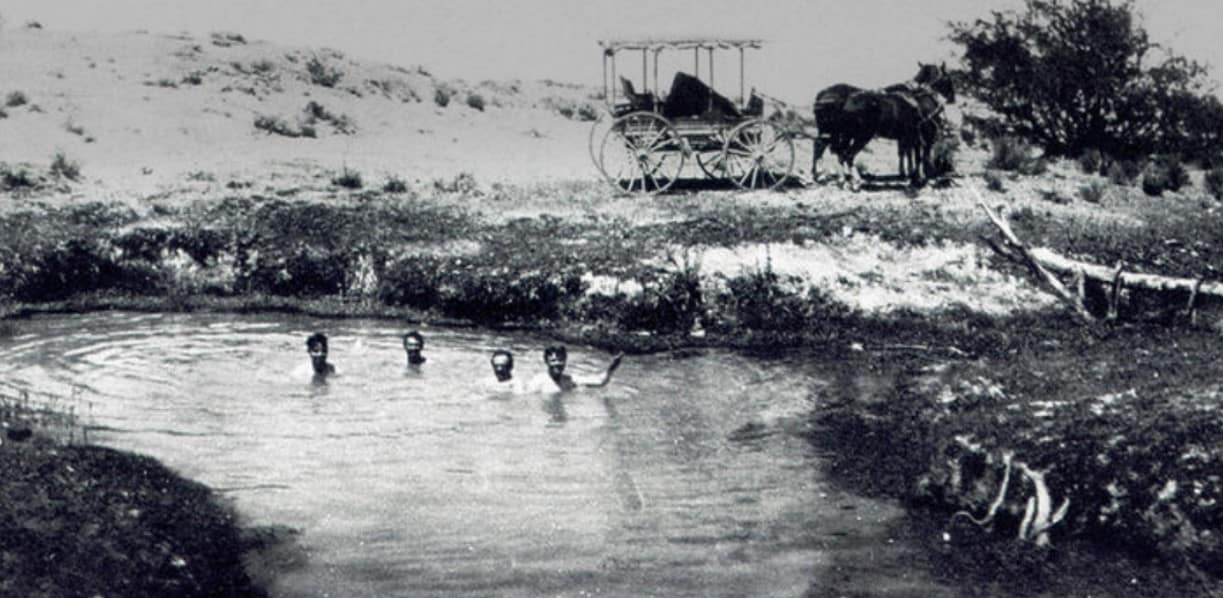
Rafael Rivera: A Pioneer in American Exploration
Rafael Rivera, an important figure in the history of the American West, was a Mexican explorer and scout known for his significant contributions to the exploration and settlement of the southwestern region of the United States. Born in Santa Fe, New Mexico, in 1793, Rivera played a pivotal role in the early exploration of the vast and untamed landscapes of the American Southwest. Let’s delve into the life and accomplishments of Rafael Rivera:
Early Life and Background: Rafael Rivera was born into a prominent Hispanic family in Santa Fe during the Spanish colonial era. Growing up in the Southwest, he developed a deep understanding of the region’s geography, culture, and the challenges of traversing its rugged terrain. Rafael Rivera’s early life and background played a significant role in shaping him into the explorer and adventurer he would later become. Born in Santa Fe, New Mexico, in 1793, Rivera grew up in a region rich in history, culture, and natural beauty. His upbringing and exposure to the diverse influences of the Southwest had a profound impact on his development and set the stage for his future explorations.
As a member of a prominent Hispanic family, Rivera was immersed in the traditions, customs, and stories of the Southwest. The rich oral history passed down through generations provided him with a deep appreciation for the land and its people. From a young age, he developed a strong connection to the rugged landscapes, arid deserts, and majestic mountains that characterized the region.
The Southwest was a crossroads of cultures, where Native American, Hispanic, and European influences converged. Growing up in this multicultural environment exposed Rivera to a mosaic of languages, traditions, and belief systems. This early exposure fostered a sense of curiosity, open-mindedness, and a desire to explore and understand different cultures.
Rivera’s early life was also shaped by the historical context of the time. The Spanish colonial period was coming to an end, and the influence of Mexico was growing in the region. The changing political landscape and the dynamic social fabric of the Southwest influenced his worldview and instilled in him a spirit of adventure and a sense of exploration.
Beyond the cultural and historical aspects, the rugged terrain of the Southwest served as both a playground and a classroom for young Rafael. He became intimately familiar with the diverse ecosystems, understanding the intricacies of the desert, the challenges of mountain passes, and the importance of water sources in a land where water was scarce.
It was within this rich tapestry of history, culture, and natural wonders that Rafael Rivera’s passion for exploration and adventure took root. His early experiences shaped his love for the land, honed his navigational skills, and instilled in him a deep respect for the people and the environment of the Southwest.
As Rivera embarked on his expeditions, his early life and background provided him with a unique perspective and an intimate understanding of the region. It was this combination of cultural knowledge, geographical familiarity, and a thirst for discovery that fueled his explorations, enabled his significant contributions, and ensured his place in the annals of Southwest history.
Rafael Rivera’s early life and background were the foundation upon which his remarkable achievements were built. His upbringing in the vibrant multicultural Southwest, his connection to the land, and his exposure to the region’s history and natural beauty all played crucial roles in shaping him into the intrepid explorer who would leave an enduring mark on the American West.
Exploration of the Mojave Desert: In 1826, Rivera embarked on an expedition that would shape his legacy. He joined a party led by trapper and explorer Jedediah Smith to search for a viable route through the treacherous Mojave Desert. Rivera’s intimate knowledge of the region proved invaluable as he guided the group across the harsh desert, discovering water sources and finding passages through the seemingly impenetrable landscape.
Discovery of the Las Vegas Valley
One of Rivera’s most notable achievements was the discovery of the Las Vegas Valley in 1829. While on his expedition with Smith, he stumbled upon the verdant valley oasis amid the surrounding desert. Recognizing the potential of the area, Rivera named it Las Vegas, meaning “The Meadows” in Spanish. His discovery laid the foundation for the future settlement and development of the city. Rivera’s journey through the arid deserts of the Southwest led him to stumble upon this hidden gem amidst the barren landscape, forever changing the course of the valley’s destiny.
While on an expedition with Jedediah Smith, Rivera found himself venturing deeper into the unexplored territories of the Mojave Desert. As they traversed the rugged terrain, navigating through canyons and across parched stretches of land, Rivera’s keen eye and deep knowledge of the region allowed him to notice something extraordinary—a vibrant and verdant valley nestled amidst the surrounding aridity.
The Las Vegas Valley, with its lush meadows and abundant water sources, stood in stark contrast to the harsh desert environment that enveloped it. As Rivera explored the area, he realized the significance of his discovery. He recognized the immense potential of this oasis—a place where weary travelers could find respite, where crops could be cultivated, and where life could flourish in an otherwise unforgiving landscape.
Rivera’s recognition of the strategic importance of the Las Vegas Valley cannot be overstated. His documentation and subsequent sharing of his findings sparked interest and intrigue among other explorers, pioneers, and settlers who would soon follow in his footsteps. The valley’s natural resources and fertile soil would prove invaluable for future development and settlement in the region.
As word of the Las Vegas Valley spread, it attracted attention from traders, prospectors, and those seeking a better life in the West. The discovery served as a catalyst for subsequent expeditions and the eventual establishment of a settlement in the valley. The abundant water sources, including the meandering Las Vegas Creek, provided a lifeline for those who sought to tame the land and create a community in this otherwise inhospitable environment.
Rafael Rivera’s discovery laid the foundation for the growth and development of what would eventually become the vibrant city of Las Vegas. His ability to recognize the significance of the valley’s resources and his documentation of its potential set in motion a chain of events that would transform the area from a remote desert oasis into a bustling metropolis.
Today, Las Vegas stands as a testament to the vision and foresight of those early explorers like Rafael Rivera. The discovery of the Las Vegas Valley remains a pivotal moment in the history of the American West, highlighting the resilience of those who recognized and harnessed the hidden potential of the region’s natural wonders.
Rafael Rivera’s legacy is deeply intertwined with the story of Las Vegas, a city that owes its existence to his discovery. His keen observation and appreciation for the land forever changed the course of the Las Vegas Valley, transforming it from a hidden oasis to a world-renowned destination and a testament to human ingenuity in the face of challenging environments.
Scouting for the Old Spanish Trail: Rivera’s expertise as a scout and guide made him a sought-after figure in subsequent expeditions. He assisted in scouting for the Old Spanish Trail, a crucial trade route connecting Santa Fe with California. His knowledge of the terrain, water sources, and safe passage through the desert played a vital role in the success of these expeditions.
Impact on Western Expansion: Rivera’s exploration and discoveries opened up new possibilities for westward expansion. His knowledge of viable routes and reliable water sources facilitated subsequent emigration and settlement in the American Southwest. The trails he helped establish, such as the Old Spanish Trail, played a significant role in the economic and cultural development of the region. Rafael Rivera’s exploration of the Las Vegas Valley led to the mapping and documentation of the region. His detailed accounts and maps provided valuable information for future explorers, pioneers, and settlers. His discoveries opened up new possibilities for western expansion, as people became aware of the resources and opportunities offered by this previously unknown territory.
Encouraging Settlement
The exploration of the Las Vegas Valley by Rivera also sparked interest among settlers. The fertile land and the availability of water sources made it an attractive location for agriculture and livestock farming. Rivera’s accounts of the region’s potential helped attract pioneers, who began to establish settlements and develop the area.
Development of Las Vegas
The early settlers of the Las Vegas Valley laid the foundation for what would eventually become the city of Las Vegas. The development of the city was initially driven by agriculture and the construction of basic infrastructure. Over time, Las Vegas grew into a thriving urban center, attracting businesses, tourism, and investment. Today, it stands as a testament to the vision and efforts of individuals like Rafael Rivera.
Legacy of Rafael Rivera
Rafael Rivera’s impact on western expansion cannot be overstated. His explorations and discoveries paved the way for further settlement and development of the American West. The legacy of his contributions can still be felt in the thriving cities and communities that have emerged in the region.
Legacy and Recognition: Although Rivera’s contributions were vital to the exploration and development of the American West, he remained relatively obscure in historical accounts. It was not until later years that his achievements gained recognition, and his name became associated with the early exploration of the Southwest. Today, his name is commemorated in various landmarks, including the Rafael Rivera Park in Las Vegas, paying tribute to his role in the city’s history.
Rafael Rivera’s explorations and discoveries were instrumental in expanding knowledge of the American Southwest and opening up new possibilities for settlement and trade. His expertise as a guide and scout proved invaluable to expeditions navigating the challenging landscapes of the region. Rivera’s legacy is a testament to the contributions of individuals from diverse backgrounds in shaping the history and development of the American West.
Today, his name serves as a reminder of the courage, resilience, and determination exhibited by those who ventured into the unknown, forging paths for future generations to explore and settle the vast expanses of the American Southwest.
Cultural Understanding and Diplomacy: In addition to his exploration and scouting skills, Rafael Rivera demonstrated a remarkable ability to interact with different cultures. His interactions with Native American tribes along his journeys were marked by respect and diplomacy. Rivera’s understanding of their customs and languages helped foster positive relationships, enabling peaceful exchanges and facilitating communication between different groups.
Promotion of Trade and Commerce: Rivera’s exploration and mapping of new routes had significant implications for trade and commerce in the region. By identifying viable paths and establishing connections between different areas, he facilitated the movement of goods and resources. This, in turn, stimulated economic growth and contributed to the expansion of trade networks in the American Southwest.
Contributions to Geographical Knowledge: Through his extensive travels and meticulous documentation, Rivera contributed to the growing body of geographical knowledge about the American Southwest. His detailed maps and descriptions provided valuable information about previously unexplored regions, offering insights into the topography, natural resources, and potential settlement areas. His contributions became invaluable for future explorers and settlers.
Inspiration for Future Explorations: Rafael Rivera’s achievements served as inspiration for subsequent generations of explorers and adventurers. His boldness in venturing into unknown territories, his ability to adapt to challenging environments, and his contributions to expanding geographical knowledge paved the way for future expeditions. His legacy inspired others to follow in his footsteps, pushing the boundaries of exploration even further.
Preservation of Southwest History: Rivera’s expeditions and discoveries contributed to the preservation of the history and heritage of the American Southwest. His detailed accounts, maps, and firsthand observations provided valuable historical records that shed light on the early exploration and settlement of the region. His work became a crucial resource for historians, scholars, and researchers studying the history and culture of the Southwest.
Celebration of Hispanic Heritage: As a Hispanic explorer, Rafael Rivera’s accomplishments serve as a reminder of the rich Hispanic heritage and contributions to the exploration and development of the American West. His legacy helps celebrate and recognize the diverse cultural influences that shaped the region’s history and identity.
Las Vegas and Gambling History
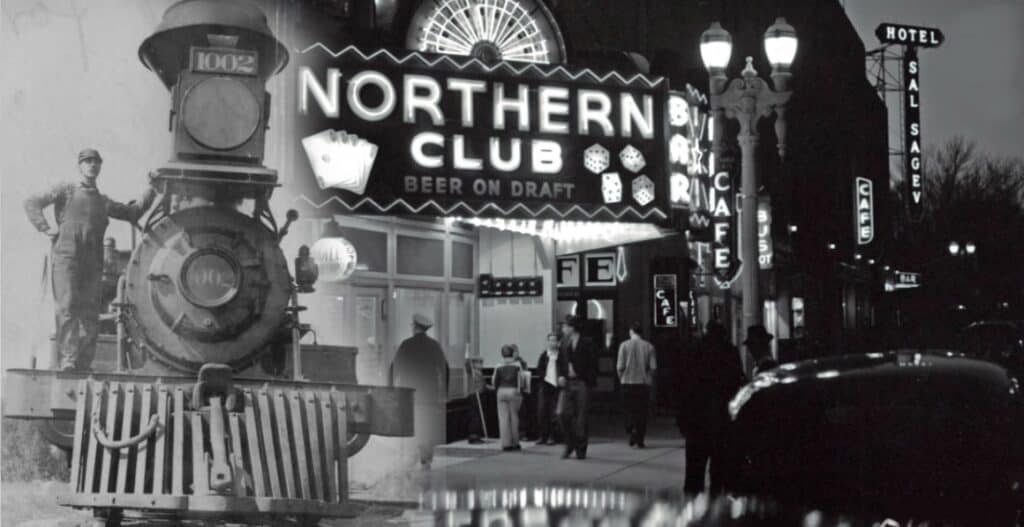
Las Vegas History: Railroad Development Paved the Way for Las Vegas to Become the Gambling Capital of the World
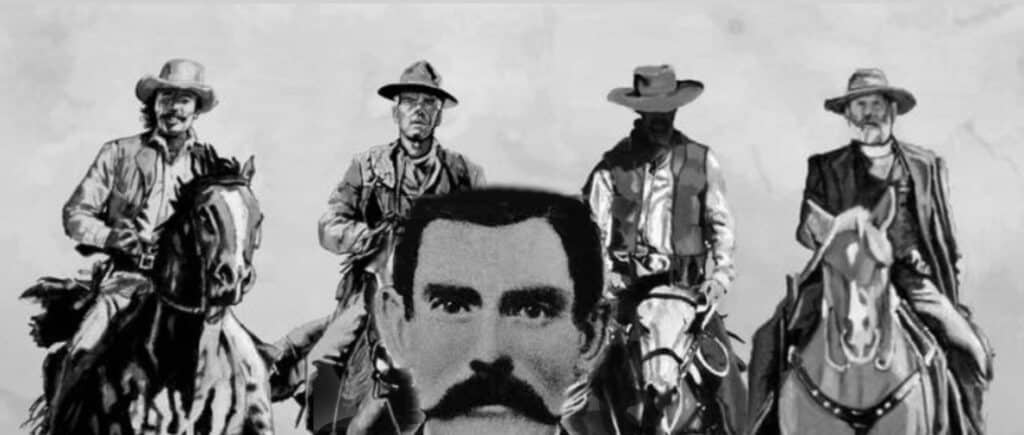
Las Vegas History: Doc Holliday Famous Gambler Gunslinger and Resident of Las Vegas
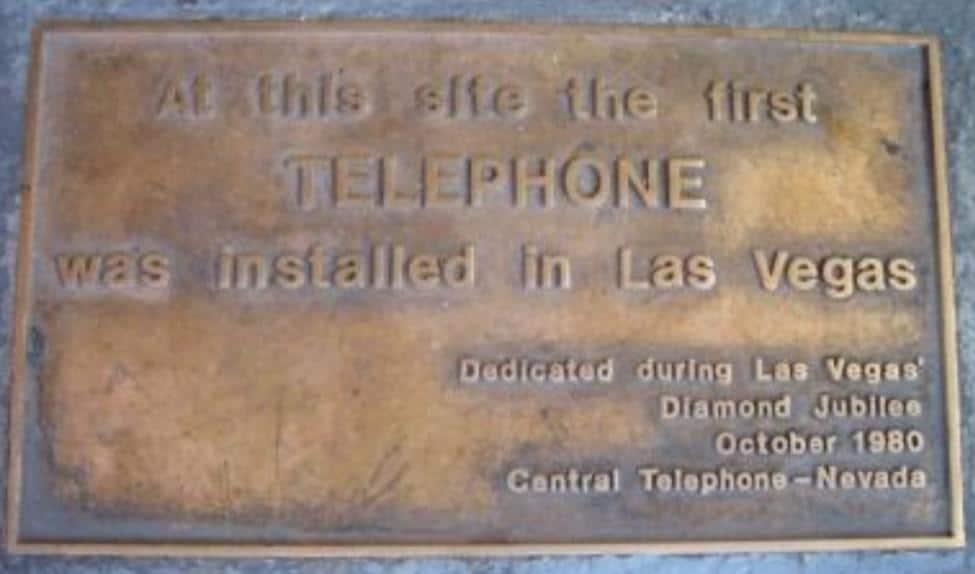
Las Vegas History: How Las Vegas’ First Telephone Exchange Made Bugsy Siegel’s Race Wire Possible

Las Vegas History: The Official Naming of Las Vegas 1905
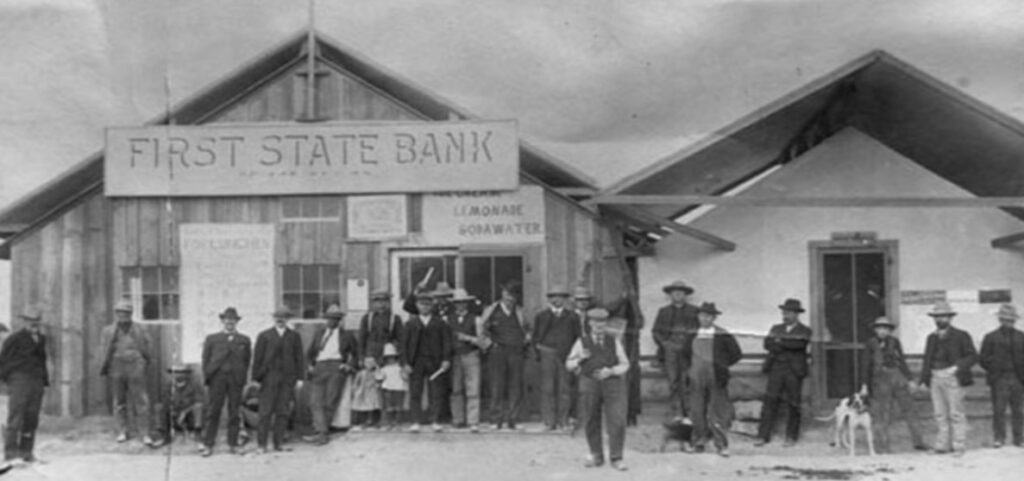
Las Vegas History: 1864 Las Vegas The Impact of Nevada Statehood
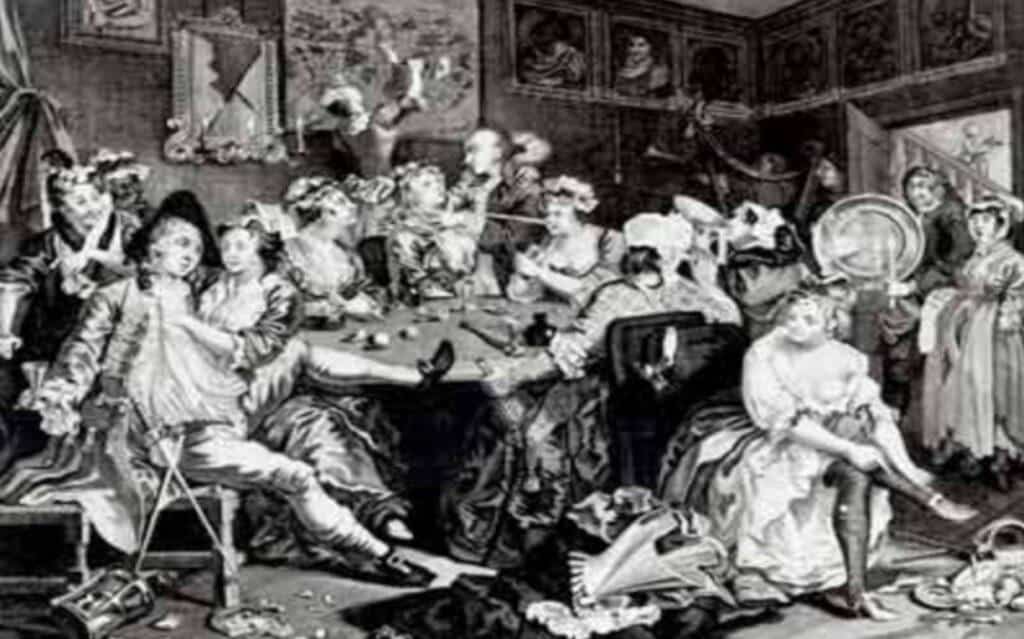
Las Vegas History: Las Vegas and It’s Vices in the 1850s
Frequently Asked Questions (FAQs)
1. Who was Rafael Rivera?
Rafael Rivera was a Mexican explorer and scout born in 1793 in Santa Fe, New Mexico. He played a crucial role in the early exploration and settlement of the American Southwest.
2. What were Rafael Rivera’s contributions to exploration?
Rivera explored and mapped the Mojave Desert, scouted for the Old Spanish Trail, and discovered the Las Vegas Valley. His expertise as a guide and scout was instrumental in western expansion.
3. Tell me about Rafael Rivera’s early life.
Born in Santa Fe, New Mexico, in 1793, Rivera grew up in a multicultural environment, developing a deep connection to the Southwest’s geography, culture, and challenges of its terrain.
4. How did Rafael Rivera discover the Las Vegas Valley?
While on an expedition with Jedediah Smith in 1829, Rivera discovered the Las Vegas Valley, recognizing its potential as an oasis in the desert. His discovery laid the foundation for the future development of Las Vegas.
5. What impact did Rafael Rivera have on western expansion?
Rivera’s knowledge of viable routes and water sources facilitated westward expansion. His scouting for the Old Spanish Trail and documentation of the Las Vegas Valley contributed to subsequent emigration and settlement in the American Southwest.
6. What was Rafael Rivera’s role in promoting trade and commerce?
Rivera’s exploration and mapping of new routes connected different regions, facilitating the movement of goods and resources. This contributed to economic growth and the expansion of trade networks in the American Southwest.
7. How did Rafael Rivera interact with Native American tribes?
Rivera demonstrated cultural understanding and diplomacy in his interactions with Native American tribes. His respect for their customs and languages fostered positive relationships, enabling peaceful exchanges and communication.
8. What is Rafael Rivera’s legacy?
Rivera’s legacy includes his contributions to geographical knowledge, inspiration for future explorations, and the preservation of Southwest history. His name is commemorated in landmarks such as the Rafael Rivera Park in Las Vegas.
9. Why is Rafael Rivera significant in celebrating Hispanic heritage?
As a Hispanic explorer, Rafael Rivera’s accomplishments highlight the rich Hispanic heritage and contributions to the exploration and development of the American West. His legacy celebrates the diverse cultural influences in the region’s history.
10. Where can I learn more about Rafael Rivera’s expeditions and contributions?
Historical records, books on southwestern exploration, and local museums in the American Southwest often provide detailed information about Rafael Rivera’s expeditions and contributions to the region’s history.





